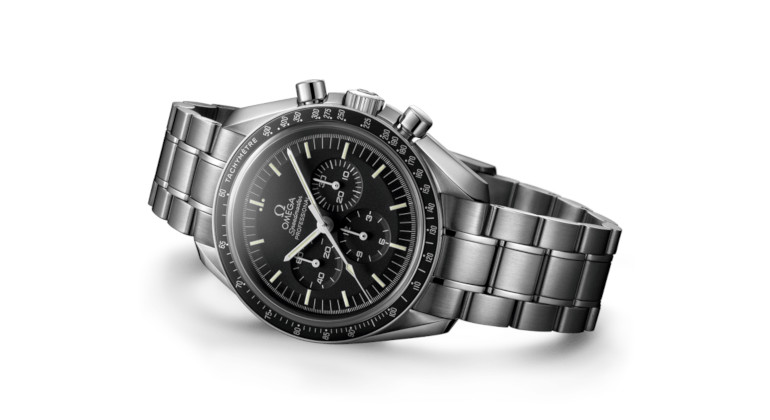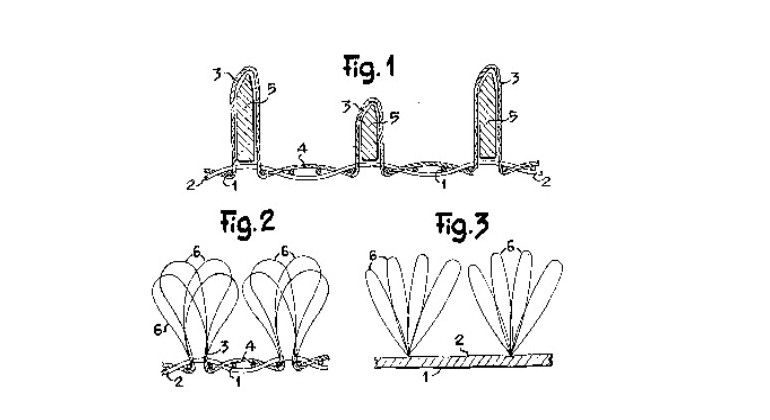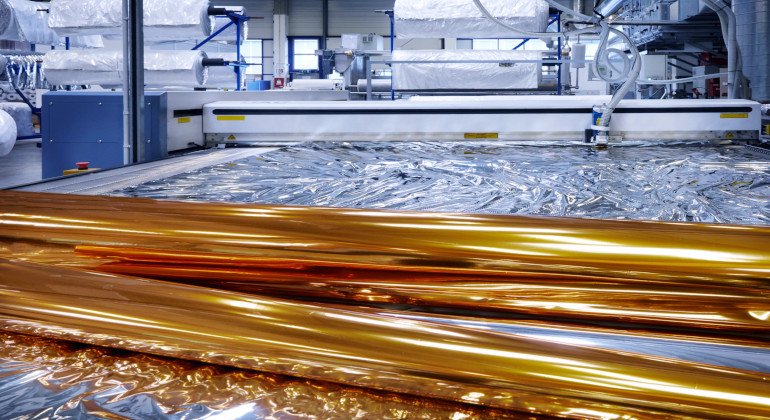20 July 1969 marked a giant leap for mankind – and a monumental moment for Swiss innovation. During the first moon landing, astronaut Buzz Aldrin placed the University of Bern’s solar wind sail on the ground – even before the US flag. Over a certain period of time, this piece of foil captured particles of the solar wind, which were later evaluated on Earth. Today, scientists from Bern are still heavily involved in NASA projects.
The members of the Apollo 11 crew wore a watch by the Swiss manufacturer Omega on their wrists. The Velcro fastener of Swiss Velcro AG, a patented invention by George de Mestral of the Canton of Vaud (patent number CH339155), was an integral part of their space suit. Many other Swiss companies were also involved in the moon landing, as this article by the Swiss National Museum shows.









